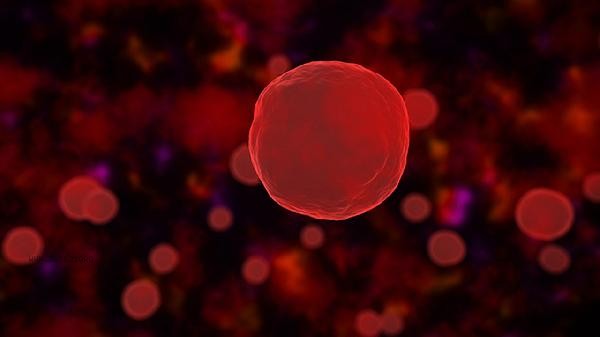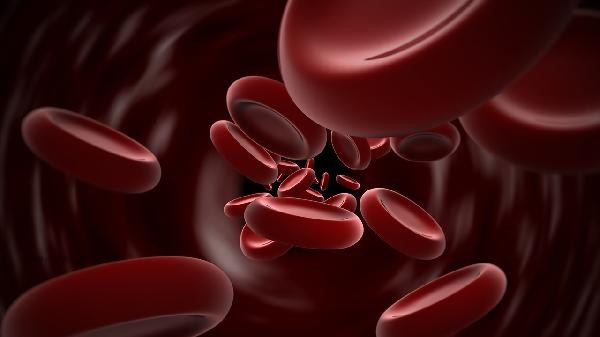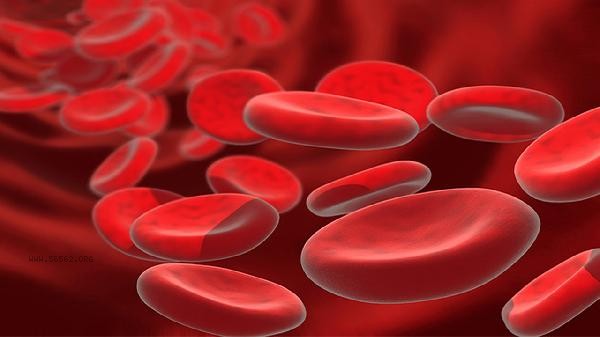Normal hemoglobin but high red blood cell count may be caused by factors such as blood concentration, long-term hypoxia, bone marrow proliferative diseases, smoking, or high-altitude living. It is necessary to adjust lifestyle or receive medical intervention based on specific causes.

1. Blood concentration:
Dehydration or excessive sweating can lead to a decrease in plasma volume, resulting in relatively concentrated blood. At this time, the red blood cell count may falsely increase while the hemoglobin concentration may remain normal. Commonly seen in situations such as failure to replenish water in a timely manner, diarrhea, and vomiting after intense exercise. By supplementing electrolyte solution and increasing water intake, rapid improvement can be achieved.
2. Chronic hypoxia:
Long term exposure to a low oxygen environment can stimulate compensatory proliferation of red blood cells in the bone marrow, which is common in patients with chronic obstructive pulmonary disease, sleep apnea syndrome, or long-term smokers. The body enhances its oxygen carrying capacity by increasing the number of red blood cells, but the synthesis of hemoglobin within individual red blood cells does not increase synchronously. Oxygen therapy, respiratory function exercise, or smoking cessation intervention are necessary.
3. Bone marrow abnormalities:

Bone marrow proliferative diseases such as polycythemia vera can lead to excessive autonomous production of red blood cells, which may be accompanied by abnormalities in platelets or white blood cells. This type of disease needs to be diagnosed through bone marrow puncture, characterized by a continuous increase in red blood cells but relatively normal hemoglobin concentration due to abnormal iron metabolism. Treatment requires bloodletting therapy or medication such as hydroxyurea for control.
4. Smoking stimulation:
Carbon monoxide in tobacco combines with hemoglobin to form carboxyhemoglobin, which reduces the oxygen carrying capacity of the blood. Long term stimulation can lead to compensatory increase in red blood cells. Smokers usually have a 5% -10% higher red blood cell count than non-smokers, and the indicators can gradually return to normal 3-6 months after quitting smoking.
5. Plateau adaptation:
Residents in areas above 3000 meters above sea level may experience physiological increases in red blood cells to adapt to hypoxic environments due to low atmospheric oxygen levels. This change belongs to the compensatory mechanism and is usually not accompanied by significant changes in hemoglobin concentration. After returning to living in plain areas, red blood cell levels will naturally decline.

It is recommended to monitor changes in blood routine on a daily basis and avoid testing immediately after intense exercise to prevent blood concentration from interfering with the results. Residents in high-altitude areas should regularly check their blood viscosity to prevent the risk of blood clots. Smokers should gradually reduce their smoking volume until quitting, and patients with chronic respiratory diseases should adhere to respiratory rehabilitation training. If the red blood cell count continues to rise and accompanied by symptoms such as dizziness and skin itching, it is necessary to promptly investigate bone marrow proliferative diseases. Diet can increase the frequency of drinking water, supplement vitamin B12 and folic acid in moderation, but avoid blindly supplementing iron to avoid aggravating red blood cell proliferation.








Comments (0)
Leave a Comment
No comments yet
Be the first to share your thoughts!